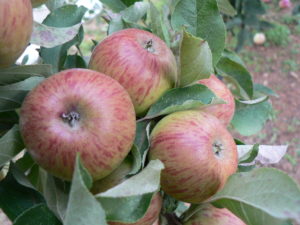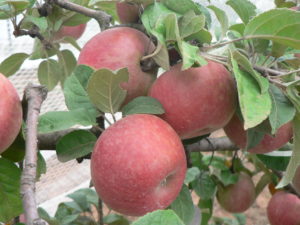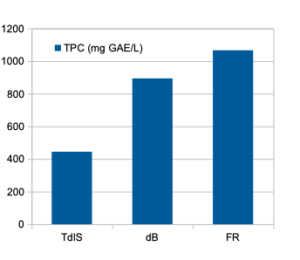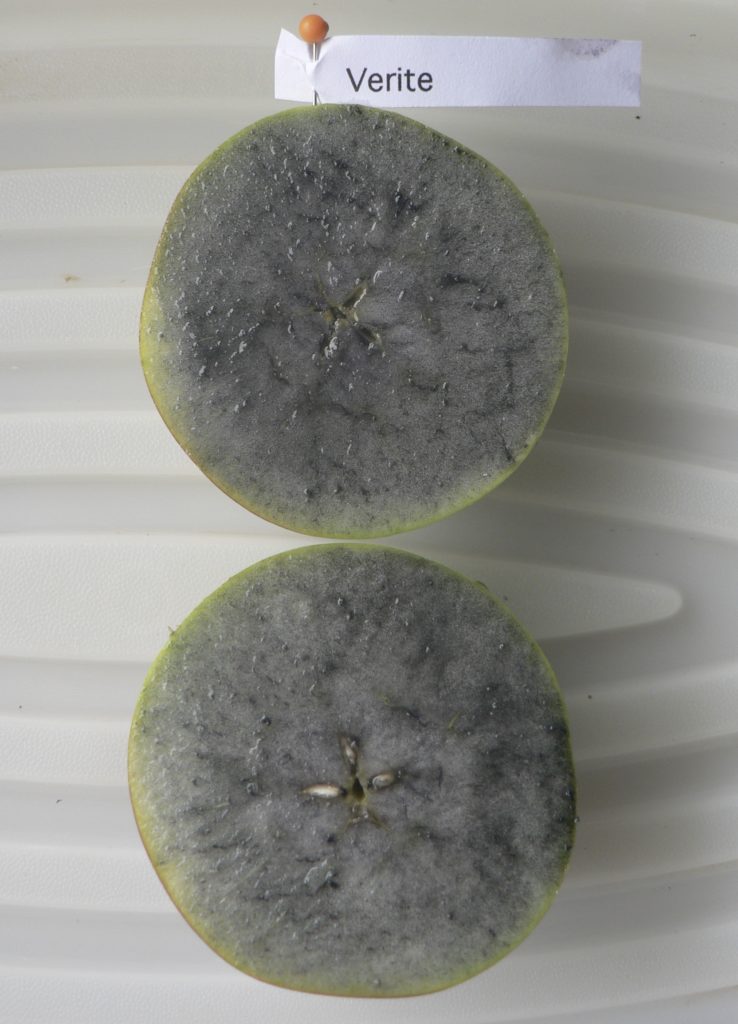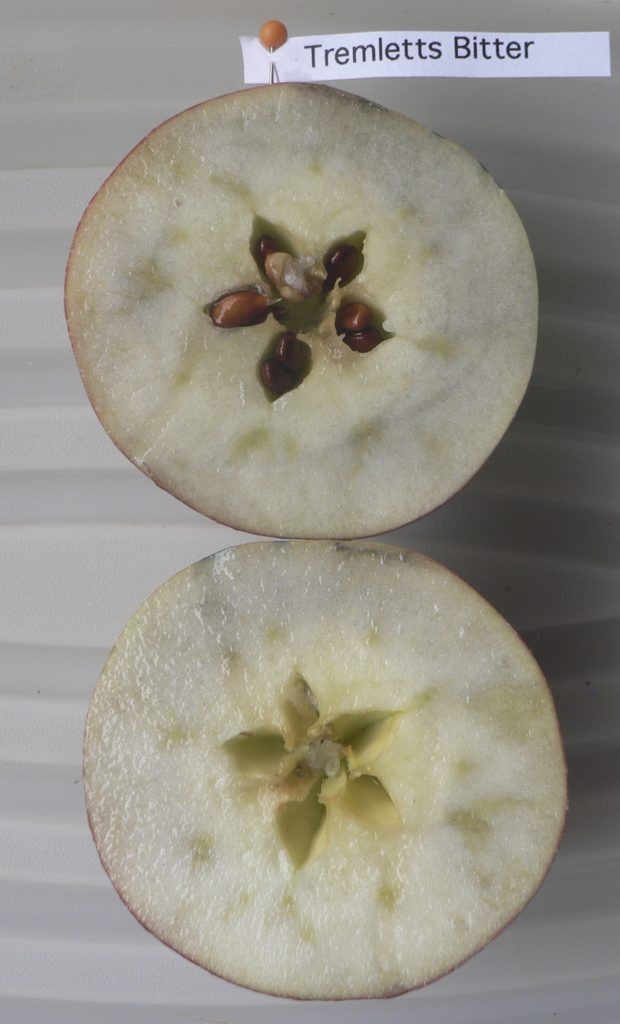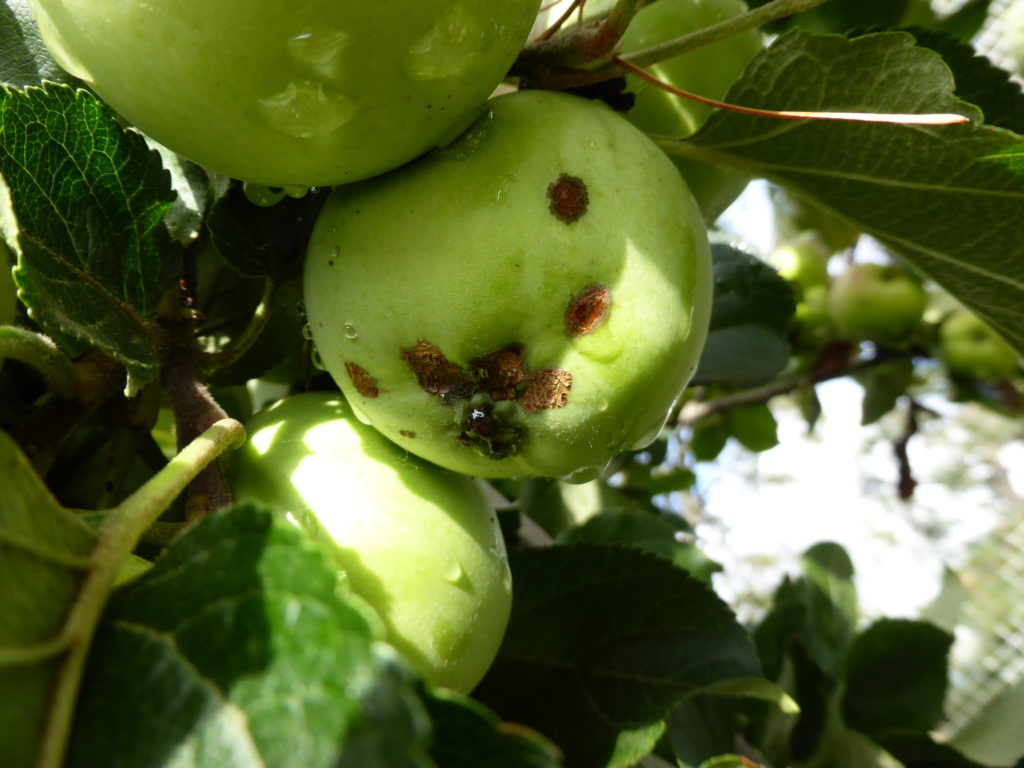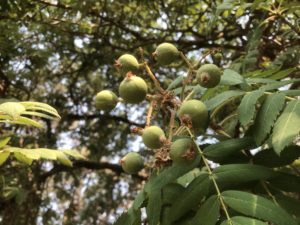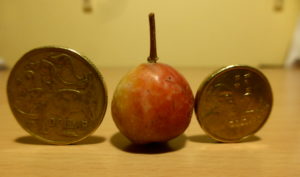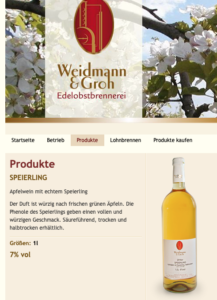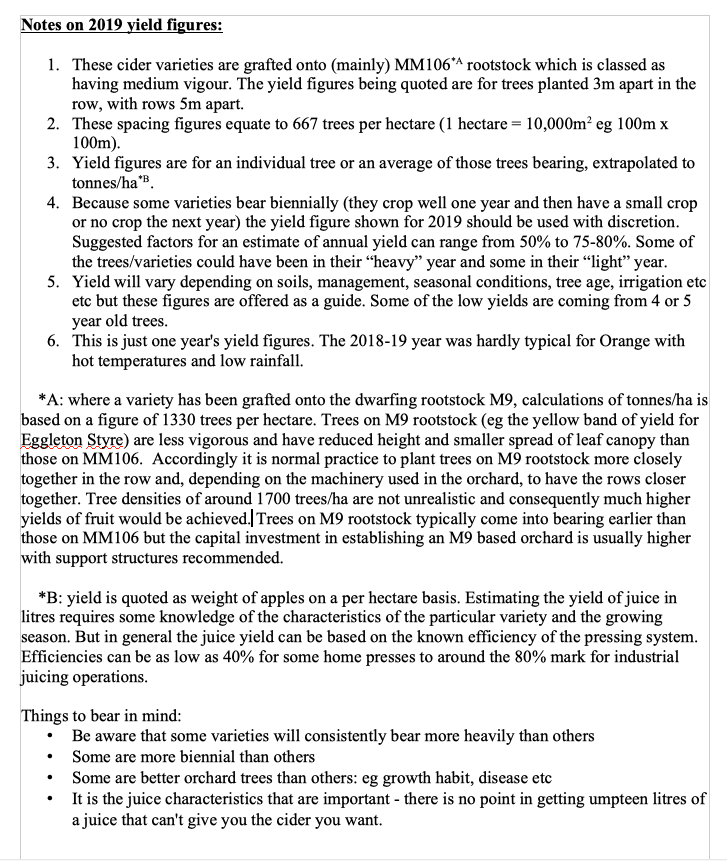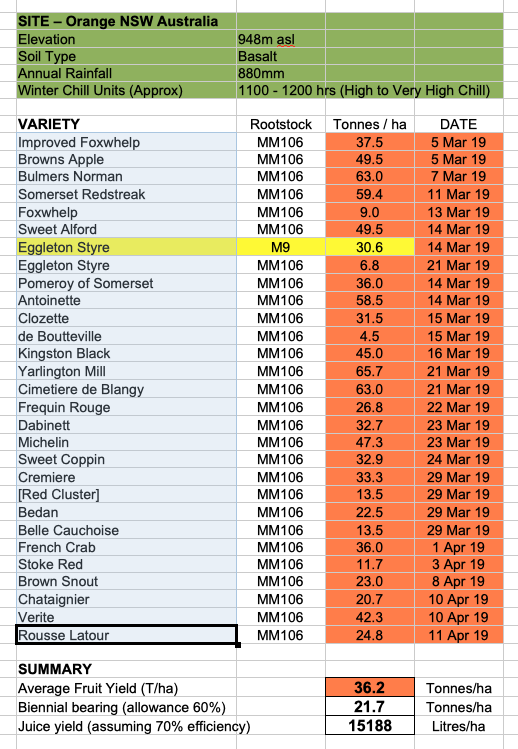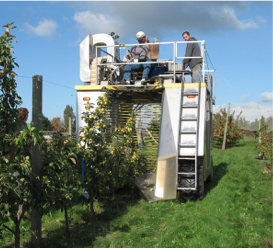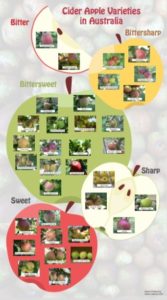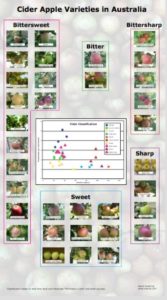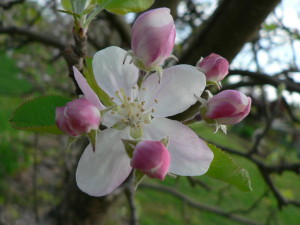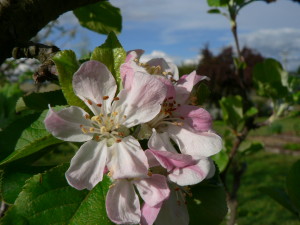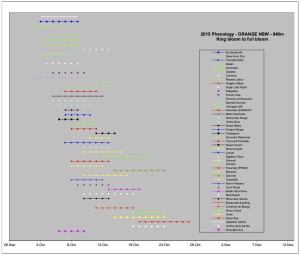 Heritage Fruit Trees – Rob Pelletier enquiries@heritagefruittrees.com.au PO Box 35, Beaufort, Victoria 3373, Australia
Heritage Fruit Trees – Rob Pelletier enquiries@heritagefruittrees.com.au PO Box 35, Beaufort, Victoria 3373, Australia
Their website lists cider apples available (April 2016) on various rootstocks together with the available cider scions and apple rootstocks
http://www.heritagefruittrees.com.au
 Miapple Farm MiaMia, Victoria Peter Cooke 03 9701 3066 peter@miapple.com.au A revised stockist will be posted on the Miapple website in May 2016 http://miapple.com.au
Miapple Farm MiaMia, Victoria Peter Cooke 03 9701 3066 peter@miapple.com.au A revised stockist will be posted on the Miapple website in May 2016 http://miapple.com.au
 Woodbridge Fruit Trees – Tasmania Nik Magnus 0418 806 175 http://www.woodbridgefruittrees.com.au/wft/ woodbridgefruittrees@gmail.com
Woodbridge Fruit Trees – Tasmania Nik Magnus 0418 806 175 http://www.woodbridgefruittrees.com.au/wft/ woodbridgefruittrees@gmail.com
 Telopea Mountain Peter and Silvia Allen telopeamtn@bigpond.com Invermay Road, Monbulk, Victoria 0418 665 880 http://www.petethepermie.com *Telopea sell trees bare rooted & potted. Their trees are suitable for direct entry into Organic certified and Biodynamic certified farms. Cider variety scions are available.
Telopea Mountain Peter and Silvia Allen telopeamtn@bigpond.com Invermay Road, Monbulk, Victoria 0418 665 880 http://www.petethepermie.com *Telopea sell trees bare rooted & potted. Their trees are suitable for direct entry into Organic certified and Biodynamic certified farms. Cider variety scions are available.
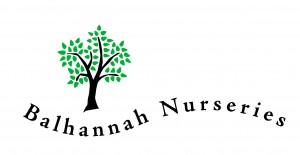
Balhannah Nurseries – Sam Luke (Manager) email: sam@balhannahnurseries.com.au Hartmann Rd, Charleston, South Australia Ph: 08 8389 4557 Mobile: 0412 237 684 http://balhannahnurseries.com.au Balhannah currently (April 2016) has available limited quantities of some perry pear trees for delivery winter 2016 – Yellow Huffcap, Blakeney Red, Gin and Moorcroft, along with cider apples Cimetiere de Blangy and Verite
 Graham’s Factree Libby Fleming 03 9999 1999 sales@factree.com.au 160 Thonemans Rd., Hoddles Creek, Victoria Factree primarily ‘grow to order’ and deliver bare rooted trees in the winter. Trees can be produced on dwarfing and non-dwarfing rootstocks. http://www.factree.com.au
Graham’s Factree Libby Fleming 03 9999 1999 sales@factree.com.au 160 Thonemans Rd., Hoddles Creek, Victoria Factree primarily ‘grow to order’ and deliver bare rooted trees in the winter. Trees can be produced on dwarfing and non-dwarfing rootstocks. http://www.factree.com.au
 Oak – Tahune Fields Nursery Brendon Francis brendon.francis@oak.org.au Oak – Tahune now manage the apple germplasm collection which was previously held by the Tasmanian DPI. They can supply scionwood, rootstocks or grafted rootstocks. Orders for nursery trees can be placed for delivery winter 2017. http://oak.org.au/tahune-fields-nursery/
Oak – Tahune Fields Nursery Brendon Francis brendon.francis@oak.org.au Oak – Tahune now manage the apple germplasm collection which was previously held by the Tasmanian DPI. They can supply scionwood, rootstocks or grafted rootstocks. Orders for nursery trees can be placed for delivery winter 2017. http://oak.org.au/tahune-fields-nursery/
 Maple Grove Nursery Michelle Morrison maplegrovenursery@bigpond.com Maple Grove have traditionally been known as an apple rootstock supplier and continue to provide this service. They also can produce cider trees to custom order. http://www.maplegrovenursery.com.au/index.htm
Maple Grove Nursery Michelle Morrison maplegrovenursery@bigpond.com Maple Grove have traditionally been known as an apple rootstock supplier and continue to provide this service. They also can produce cider trees to custom order. http://www.maplegrovenursery.com.au/index.htm
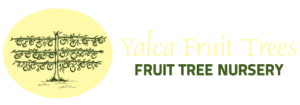 Yalca Fruit Trees info@yalcafruittrees.com.au Yalca have some cider trees available for delivery in winter 2016. Check their website for the variety listing http://www.yalcafruittrees.com.au/product-category/cider-apples-1/
Yalca Fruit Trees info@yalcafruittrees.com.au Yalca have some cider trees available for delivery in winter 2016. Check their website for the variety listing http://www.yalcafruittrees.com.au/product-category/cider-apples-1/
A few words about the material that is available. The more commonly available cider apple varieties – the English ones – would in a lot of cases have been sourced from the collection at the (NSW Agriculture) NSW DPI research station at Orange. These were imported by Dr Jill Campbell in the 1970’s. As far as I am aware these varieties were not guaranteed to be virus tested / virus free and accordingly most of the material currently available carries the same status, unless of course the supplier has undertaken virus “cleaning”. Budwood should still be available from the NSW DPI.
This mention of viruses, whilst it may seem to be of concern, should not be too concerning. Some eating apple varieties were cleaned of viruses and their orchard performance changed in the sense that the trees grew better but did not necessarily fruit better. In some cases the productivity was reduced.
I am asking those people / companies who supply (or who will shortly be in a position to supply) cider apples trees to get in contact with me. Likewise those who supply rootstocks or cider apple budwood. Although I have retired from NSW Agriculture I continue to provide extension information on cider and would like to ensure that my information on sources etc is up-to-date.
The intent is not to list quantities and varieties but simply to make the names and contact details available.
Some suppliers I am already aware of but there will obviously be those I’m not aware of. So the hope is that by putting this request on Cideroz the listing will be as complete as possible.
Please contact via davidp at cideroz.com

